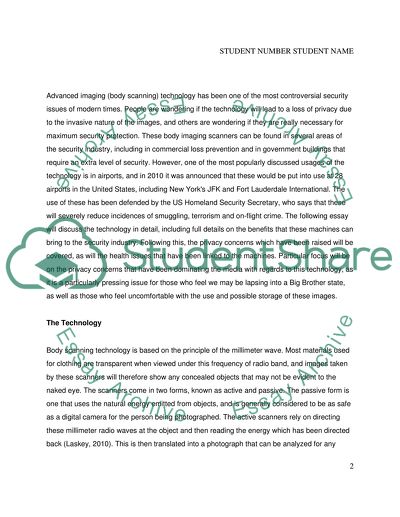Cite this document
(“Research project (body scanning technology) Paper”, n.d.)
Research project (body scanning technology) Paper. Retrieved from https://studentshare.org/miscellaneous/1580444-research-project-body-scanning-technology
Research project (body scanning technology) Paper. Retrieved from https://studentshare.org/miscellaneous/1580444-research-project-body-scanning-technology
(Research Project (body Scanning Technology) Paper)
Research Project (body Scanning Technology) Paper. https://studentshare.org/miscellaneous/1580444-research-project-body-scanning-technology.
Research Project (body Scanning Technology) Paper. https://studentshare.org/miscellaneous/1580444-research-project-body-scanning-technology.
“Research Project (body Scanning Technology) Paper”, n.d. https://studentshare.org/miscellaneous/1580444-research-project-body-scanning-technology.


